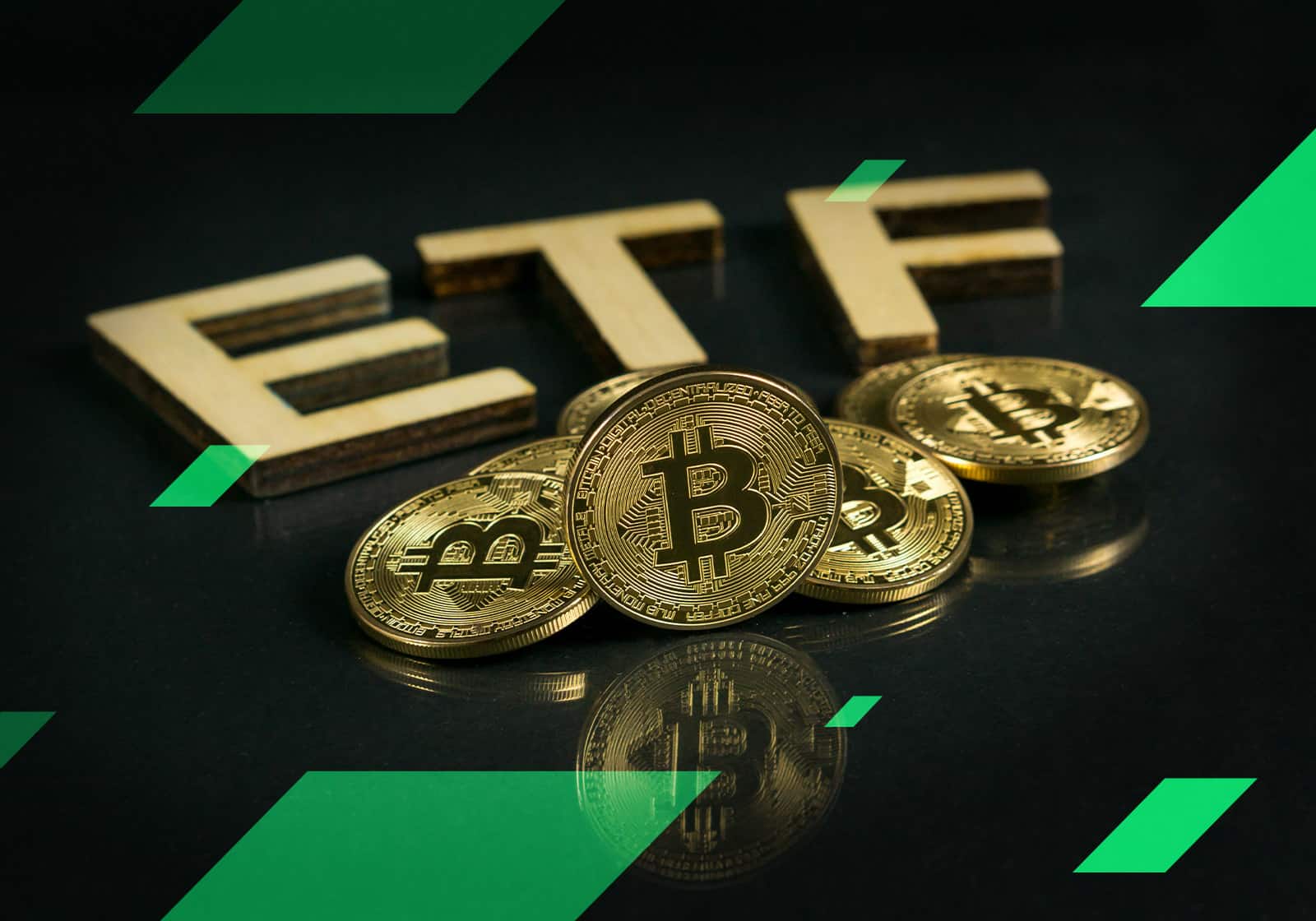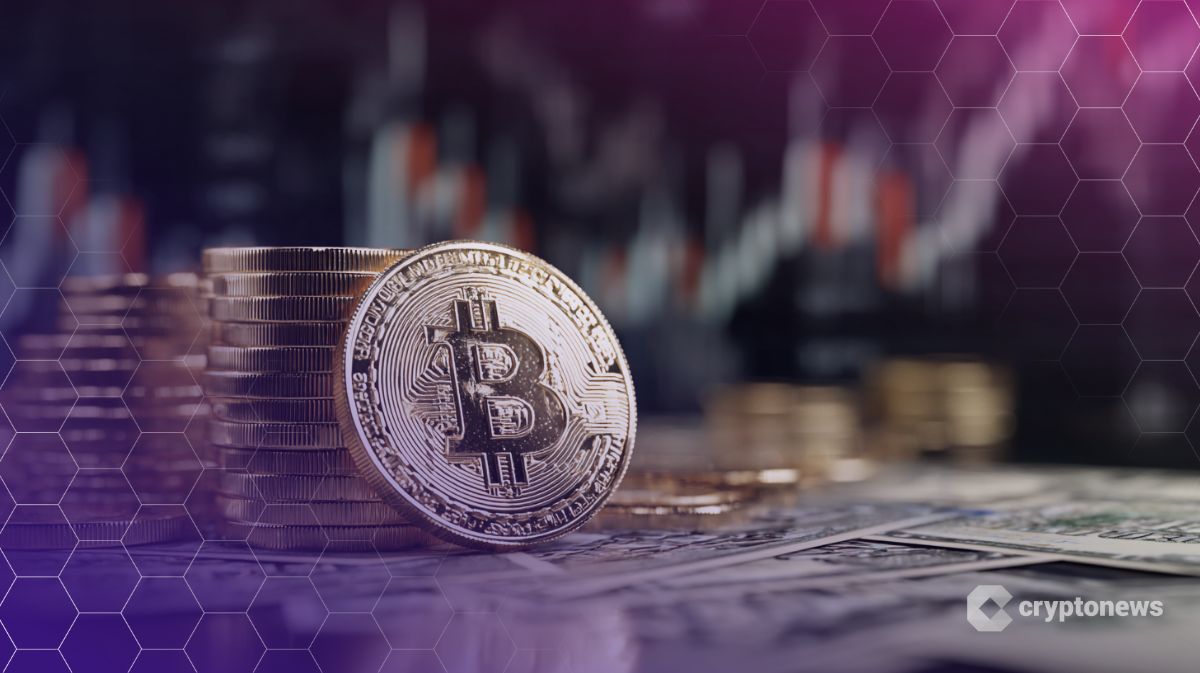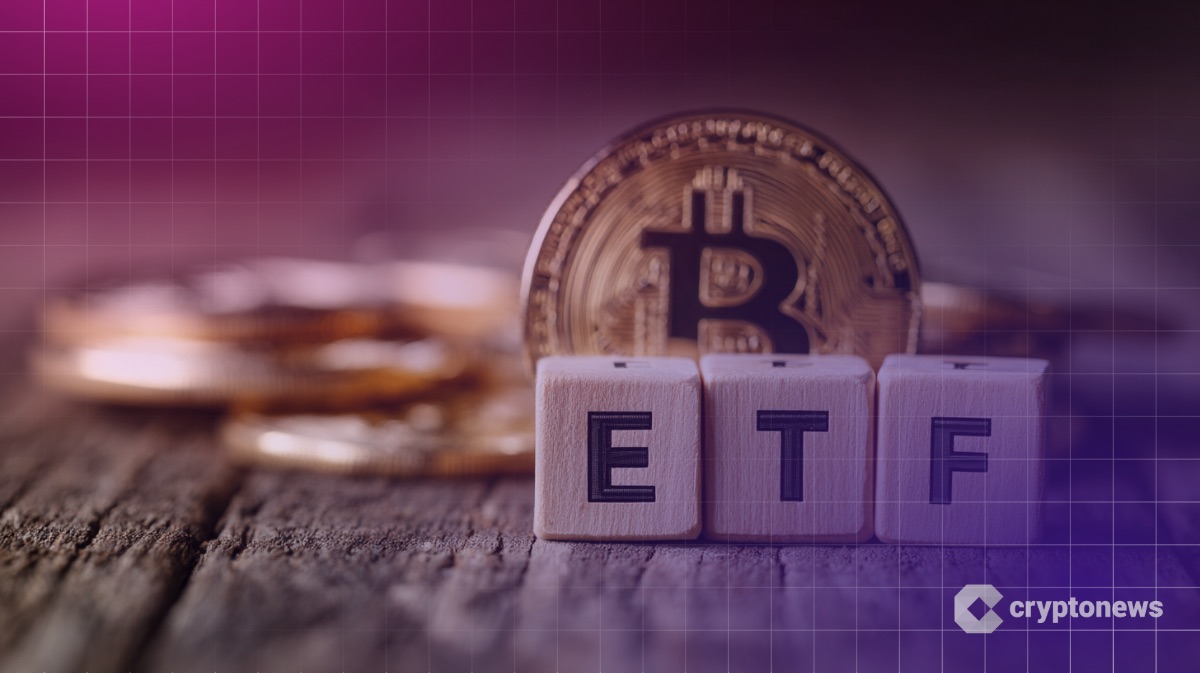Bitcoin Spot ETFs See $197 Million Net Inflows As Q1 Closes – Details

By their lofty standards, the US Bitcoin spot ETFs produced a moderately positive performance last week, attracting about $200 million in netflows. This development comes amid an impressive market comeback over the past two weeks following the heavy withdrawals seen in early March.
Bitcoin Spot ETFs: 10 Straight Days Of Positive Netflows
According to data from ETF tracking site SoSoValue, the Bitcoin ETFs registered total net outflows of $93.47 million on Friday, moving its aggregate netflows for the past week to $196.7 million. Prior to Friday’s negative input, these funds recorded a positive flow for 10 consecutive trading days suggesting a high amount of favorable market interest.
This development indicates a return of bullish sentiments among Bitcoin institutional investors following the bearish mood seen in February and early March which featured massive asset withdrawals.
In a similar fashion, Blackrock’s IBIT accounted for the majority of the inflows from last week by attracting $171.95 million in investments, followed by Fidelity’s FBTC with $86.84 million. VanEck’s HODL was the only other ETF with a positive inflow of $5 million in new deposits.
On the other hand, a large percentage of withdrawals came from Ark Invest’s ARKB which recorded $40.97 million in net outflows. Invesco’s BTCO, WisdomTree’s BTCW, and Bitwise’s BITB also experienced moderate levels of redemptions ranging between $6.95 million – $10.22 million. Meanwhile, Grayscale’s GBTC, BTC, and Franklin Templeton’s EZBC registered no significant flow.
Bitcoin ETFs Close Out Q1 – What Next?
With Q2 of 2025 fast approaching, the Bitcoin spot ETFs conclude the first quarter of the year on an uncertain note. The year began with strong bullish momentum, driving $5.25 billion in net inflows during January. However, this was followed by a sharp reversal, with cumulative net liquidations of $4.25 billion across February and March.
Notably, the resurgence of positive inflows seen in the latter half of March is a sign of renewed market interest and strong market confidence. Furthermore, the crypto-friendly stance being adopted by the Donald Trump administration could encourage institutional investment in the long run.
However, macroeconomic factors including potential Fed rate hikes, and ongoing US tariff changes may force investors to move out of high-risk assets or other associated investments. In addition, the uncertainty over the current Bitcoin bull run also draws serious concerns.
At the time of writing, the flagship crypto asset trades at $83,359 after a 0.77% decline in the past day. Meanwhile, daily trading volume is down by 49.43% and is valued at $16.88 billion.
Read More

US Spot Bitcoin ETFs See Two Consecutive $1B+ Inflow Days for First Time
Bitcoin Spot ETFs See $197 Million Net Inflows As Q1 Closes – Details

By their lofty standards, the US Bitcoin spot ETFs produced a moderately positive performance last week, attracting about $200 million in netflows. This development comes amid an impressive market comeback over the past two weeks following the heavy withdrawals seen in early March.
Bitcoin Spot ETFs: 10 Straight Days Of Positive Netflows
According to data from ETF tracking site SoSoValue, the Bitcoin ETFs registered total net outflows of $93.47 million on Friday, moving its aggregate netflows for the past week to $196.7 million. Prior to Friday’s negative input, these funds recorded a positive flow for 10 consecutive trading days suggesting a high amount of favorable market interest.
This development indicates a return of bullish sentiments among Bitcoin institutional investors following the bearish mood seen in February and early March which featured massive asset withdrawals.
In a similar fashion, Blackrock’s IBIT accounted for the majority of the inflows from last week by attracting $171.95 million in investments, followed by Fidelity’s FBTC with $86.84 million. VanEck’s HODL was the only other ETF with a positive inflow of $5 million in new deposits.
On the other hand, a large percentage of withdrawals came from Ark Invest’s ARKB which recorded $40.97 million in net outflows. Invesco’s BTCO, WisdomTree’s BTCW, and Bitwise’s BITB also experienced moderate levels of redemptions ranging between $6.95 million – $10.22 million. Meanwhile, Grayscale’s GBTC, BTC, and Franklin Templeton’s EZBC registered no significant flow.
Bitcoin ETFs Close Out Q1 – What Next?
With Q2 of 2025 fast approaching, the Bitcoin spot ETFs conclude the first quarter of the year on an uncertain note. The year began with strong bullish momentum, driving $5.25 billion in net inflows during January. However, this was followed by a sharp reversal, with cumulative net liquidations of $4.25 billion across February and March.
Notably, the resurgence of positive inflows seen in the latter half of March is a sign of renewed market interest and strong market confidence. Furthermore, the crypto-friendly stance being adopted by the Donald Trump administration could encourage institutional investment in the long run.
However, macroeconomic factors including potential Fed rate hikes, and ongoing US tariff changes may force investors to move out of high-risk assets or other associated investments. In addition, the uncertainty over the current Bitcoin bull run also draws serious concerns.
At the time of writing, the flagship crypto asset trades at $83,359 after a 0.77% decline in the past day. Meanwhile, daily trading volume is down by 49.43% and is valued at $16.88 billion.
Read More

